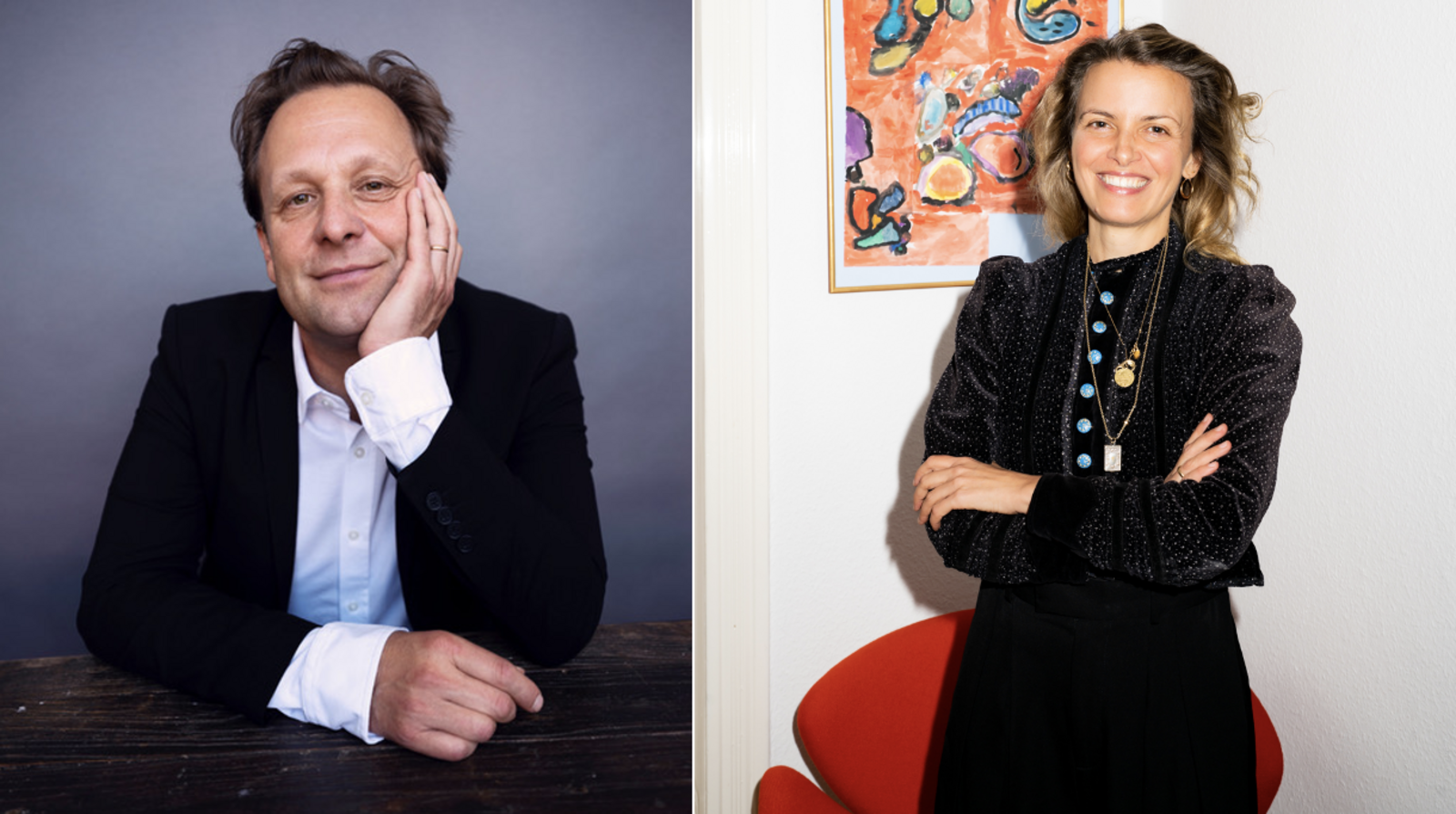
John Scarisbrick / Erat Aydin
“The Future Belongs to Abstraction”
Circles, triangles, lines - Wassily Kandinsky transformed geometry into art. With his bright colors and dynamic shapes, he created a new visual language that continued to inspire artists long after his death in 1944. But how did his style develop from Constructivism in Russia to the clear formal language of the Bauhaus and the more playful forms of Parisian Abstraction-Création? Why did he start painting abstractly in the first place? And how is it that the Swedish painter Hilma af Klint (1862-1944) also created a non-representational pictorial language in almost the same period?
Two leading experts in the field of abstraction shed light on these questions: Julia Voss, art historian and author of the acclaimed Hilma af Klint biography, and Daniel Birnbaum, curator, former director of the Moderna Museet in Stockholm and director of Acute Art in London. Together they curated the exhibition “Hilma af Klint and Wassily Kandinsky: Dreams of the Future” in 2024 and published the book of the same name. n the discussion, Julia Voss and Daniel Birnbaum will classify Kandinsky's and af Klint's roles in the development of abstract art and identify both differences and similarities.
Costs
10 €
Runtime
60 min.
Location
Auditorium